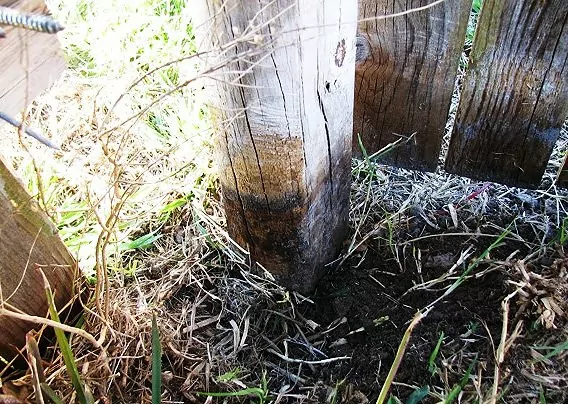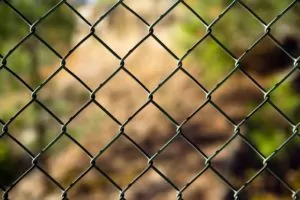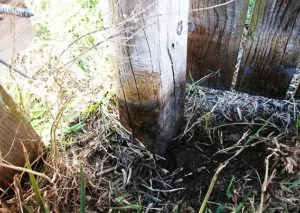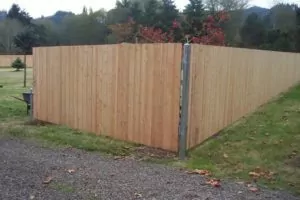Updated: August 2019
Time to Inspect That Fence
Mother Nature throws a lot of curveballs toward the Pacific Northwest during the course of the year. Rainy winters leak into spring, which gets pushed back into summer, which extends into fall. Some years, the seasons change on a dime at the precise moment the calendar says they should. You get the picture. Truth is, in the wonderful, bountiful PNW, you don’t often know what you’re gonna get weatherwise. One thing that remains through all the topsy-turvy seasons, however, is the importance of maintaining your fence. With that in mind, we put together a Fence Inspection Checklist that will ensure your fence remains in good standing — literally — through all the tumultuous seasons of the PNW year.
Let’s get to it.
Fence Inspection Checklist For the Pacific Northwest
- Check those fence posts. This is especially important after the rainy season, which, as we alluded to above, can last from early fall to late spring. Months of rain can saturate the ground to such an extent that your fence posts begin to loosen in the muck. Since a fence is only as strong as its weakest post, it’s important to check those fence posts to make sure that one doesn’t collapse, dropping the rest of the fence alongside it like a bunch of aluminum dominoes.
- Check those fence ties, too. These are the strips of flexible metal that attach the fence itself to the fence posts. Walk the fence line from beginning to end and back again. Look for any fence ties that are not intact or aren’t securely fastened. Try shaking the various sections of the fence to help look — and listen! — for loose ties. This fix is typically pretty easy; all it entails is a few new twists to get the tie to securely fasten to the post again.
- Look for moss or algae. This is a good way to anticipate parts of your fence that may become problem areas. If you see a lot of moss or algae, that typically means this portion of the fence is subject to high levels of moisture. Keep an eye on this section — and clean and scrub the moss and algae off the fence.
- Check the wood. If you have a wooden fence, look for signs of rot and decay. Repair or replace any boards that show signs of degradation. If a chain link fence is only as strong as its weakest post, then a wooden fence is only as strong as its most rotten board. Rotting fence posts are especially susceptible to failure, so be sure to replace those pronto.
- Replace nails and screws. If nails or screws have worked themselves loose, then it’s time to replace them or hammer them back into shape. Also: Be sure to look for signs of rust on exposed nails, screws, and nailheads.
Pacific Fence & Wire
Depending on the amount of damage your fence has endured over the long rainy months, you may need to bring in a professional for more extensive repairs. If you have any questions whatsoever about the condition or quality of your fence, please don’t hesitate to give us a call. Pacific Fence & Wire has been in business for a long, long time and we can usually diagnose and fix problems in a short amount of time.
Contact us today! We look forward to serving you and discussing your own fence inspection.







